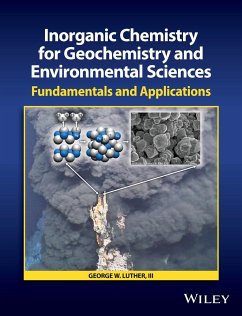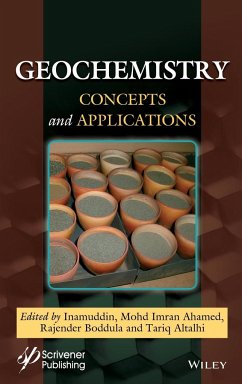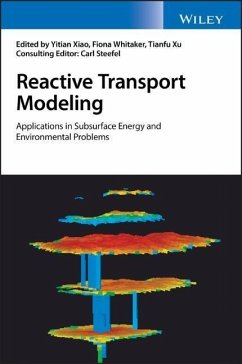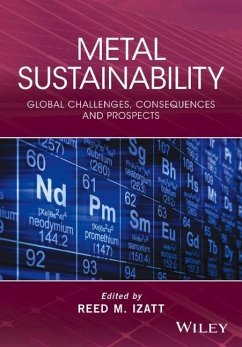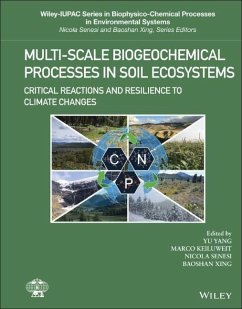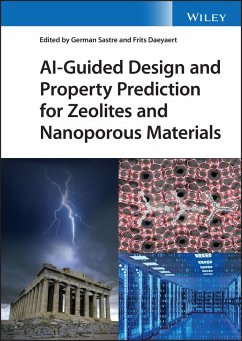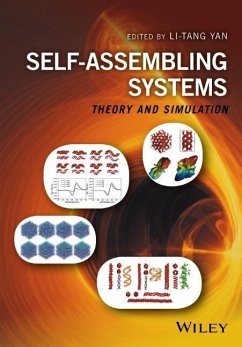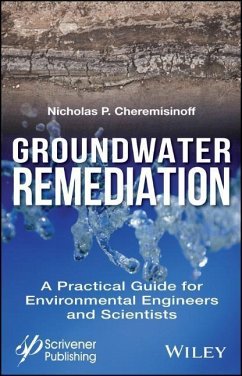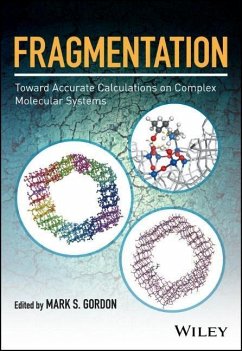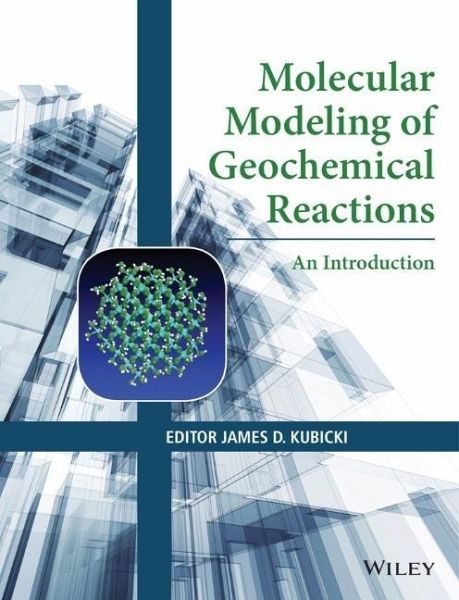
Molecular Modeling of Geochemical Reactions
An Introduction
Herausgegeben: Kubicki, James D.
Versandkostenfrei!
Versandfertig in über 4 Wochen
114,99 €
inkl. MwSt.
Weitere Ausgaben:

PAYBACK Punkte
57 °P sammeln!
Molecular processes in nature affect human health, the availability of resources and the Earth's climate. Molecular modelling is a powerful and versatile toolbox that complements experimental data and provides insights where direct observation is not currently possible.Molecular Modeling of Geochemical Reactions: An Introduction applies computational chemistry to geochemical problems. Chapters focus on geochemical applications in aqueous, petroleum, organic, environmental, bio- and isotope geochemistry, covering the fundamental theory, practical guidance on applying techniques, and extensive l...
Molecular processes in nature affect human health, the availability of resources and the Earth's climate. Molecular modelling is a powerful and versatile toolbox that complements experimental data and provides insights where direct observation is not currently possible.
Molecular Modeling of Geochemical Reactions: An Introduction applies computational chemistry to geochemical problems. Chapters focus on geochemical applications in aqueous, petroleum, organic, environmental, bio- and isotope geochemistry, covering the fundamental theory, practical guidance on applying techniques, and extensive literature reviews in numerous geochemical sub-disciplines.
Topics covered include:
_ Theory and Methods of Computational Chemistry
_ Force Field Application and Development
_ Computational Spectroscopy
_ Thermodynamics
_ Structure Determination
_ Geochemical Kinetics
This book will be of interest to graduate students and researchers looking to understand geochemical processes on a molecular level. Novice practitioners of molecular modelling, experienced computational chemists, and experimentalists seeking to understand this field will all find information and knowledge of use in their research.
Molecular Modeling of Geochemical Reactions: An Introduction applies computational chemistry to geochemical problems. Chapters focus on geochemical applications in aqueous, petroleum, organic, environmental, bio- and isotope geochemistry, covering the fundamental theory, practical guidance on applying techniques, and extensive literature reviews in numerous geochemical sub-disciplines.
Topics covered include:
_ Theory and Methods of Computational Chemistry
_ Force Field Application and Development
_ Computational Spectroscopy
_ Thermodynamics
_ Structure Determination
_ Geochemical Kinetics
This book will be of interest to graduate students and researchers looking to understand geochemical processes on a molecular level. Novice practitioners of molecular modelling, experienced computational chemists, and experimentalists seeking to understand this field will all find information and knowledge of use in their research.




